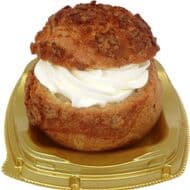Although it is such a "pot", the survey " Japanese hot pot situation " conducted by Weathernews as a "winter plan" last year (survey period December 27, 2011-January 4, 2012. Survey target 16,428 people) According to the report, in response to the question "Do you like hot pot?", About 90% of the total of "I like it very much" and "I like it" answered "I like hot pot". This is already a huge approval rating.
Furthermore, looking at the results of the answers "I like it very much" by prefecture, the number of people who like hot pot most is Yamanashi prefecture, which is 59.8%, and about 2 out of 3 people answered that they like hot pot very much. This was followed by Oita prefecture with 59.7%, Miyazaki prefecture with 58.8%, Kagawa prefecture with 57.8%, and Mie prefecture with 55.1%.
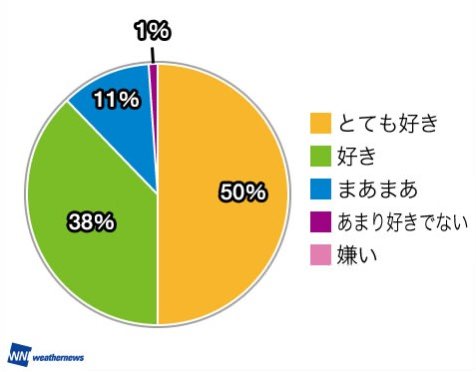
In addition, as a result of asking "How many times do you eat hot pot in one winter?", The national average was 11.31 times, and it was found that you eat hot pot about once a week in winter. Looking at each prefecture, the number of people who eat hot pot most is 13.54 times. This was followed by Nara prefecture with 13.40 times, Wakayama prefecture with 13.37 times, Tokushima prefecture with 13.12 times, and Hyogo prefecture with 12.55 times. By the way, in the lower ranks, 45th place was Hokkaido with 9.43 times, 46th place was Aomori prefecture with 9.26 times, and 47th place was Okinawa prefecture with 9.22 times.

Looking at it in this way, the Kinki and Shikoku groups have an overwhelmingly high pot repeat rate. On the other hand, northern Japan, which has the image of preferring hot pots because it is cold in winter, seems to be surprisingly less than other areas, and the result is almost the same as Okinawa. However, it has been eaten more than 9 times in every prefecture ... After all, the hot pot is terrifying.
Then, when asked "What kind of hot pot do you like the most?" In the same survey, the most popular one was Yosenabe with 3,956 votes. The second place was kimchi hot pot with 1,947 votes, the third place was sukiyaki with 1,905 votes, the fourth place was shabu-shabu with 1,425 votes, and the fifth place was chanko nabe with 1,074 votes. Since then, votes have been collected in a wide variety of hot pots such as oden, motsunabe, yudofu, mizutaki, soymilk hotpot, crab hotpot, and local hotpot. Did your favorite hot pot rank in?
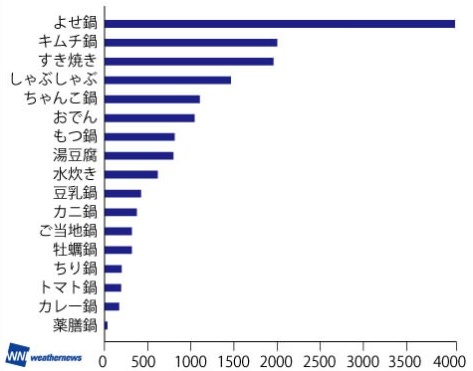
Come to think of it, there are so many types of hot pots. There are 17 types of items that appear in the ranking. If you eat many times, you want to enjoy different pots rather than the same pot each time. Recently, there is a wide variety of commercially available hot pot soups that you can easily enjoy hot pots at home. Especially in the coming season, new hot pot soup will be released one after another. There are various flavors centered around the taste of the hot pot that has risen to the top of the ranking.
Meanwhile, Yamaki has released "Hanbosson Kimchi Jjigae no Moto" (750g (26.46oz)) and "Ishigaki no Shio-chanko Nabe Tsuyu" (750g (26.46oz)), which allow you to easily enjoy hot pots made with the best ingredients at home. Both prices are 350 yen (excluding tax).
"Kimchi Jjigae Element" is a kimchi jjigae element that you can enjoy the authentic taste of Korea, which was developed under the supervision of Mr. Han Fukuzen, a Korean folklore. Korean palace cuisine is the highest peak of Korean traditional cuisine. Based on beef bone soup stock, it contains oyster soup stock and dried sardines, and also contains Korean pepper, gochujang, and moderately sour "Chinese cabbage kimchi extract." There are two types of flavors, authentic dry and mild. There is a sense of expectation that seems to be a bit different from the conventional kimchi pot. I definitely want you to join us with Makgeolli.
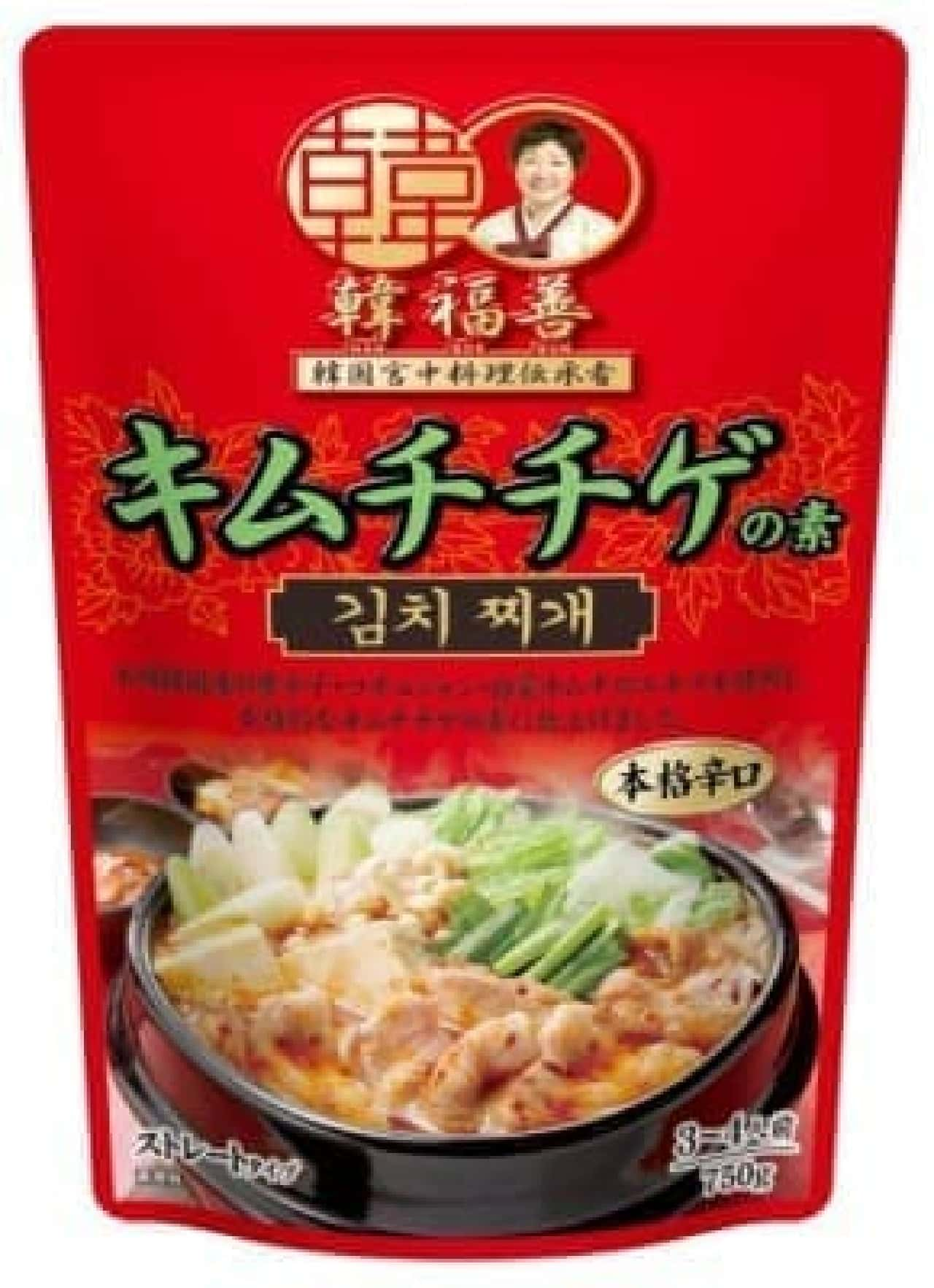
"Ishigaki no Shio Shio Chanko Nabe Tsuyu" is a hot pot soup stock made from 100% "Ishigaki no Shio" from Ishigaki Island, Okinawa. "Ishigaki no Shio" is said to be "sea salt" made from only seawater grown on the coral reefs of Ishigaki Island, taking time to dry at its own low temperature, and removing only the water. By sticking to the "salt" that determines the taste, you can enjoy the perfect balance of richness and saltiness. Just this season, it seems that you can enjoy it refreshingly even if you do not have an appetite due to summer heat. If you want to combine sake, I think it's sake.
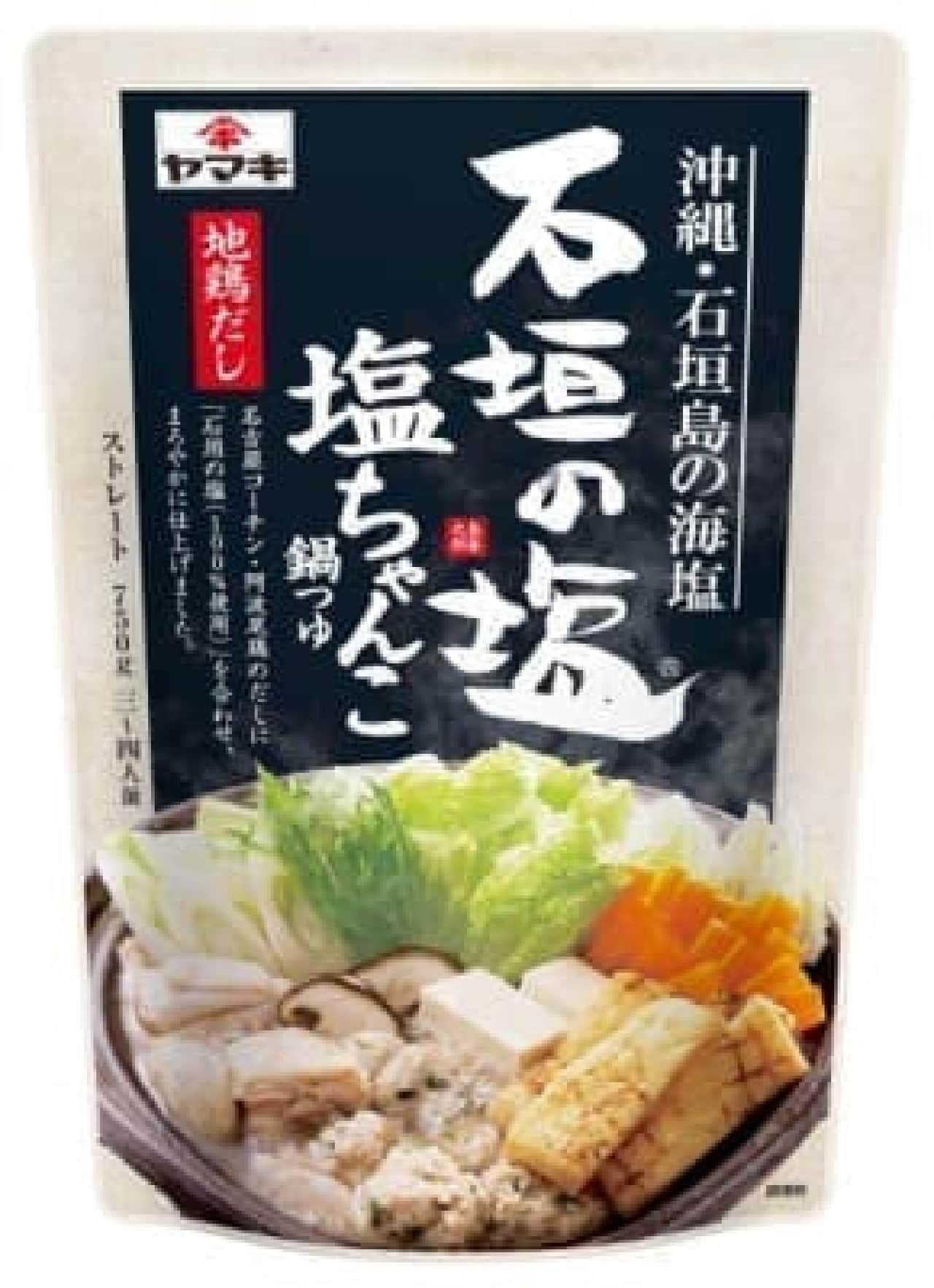
Making the soup stock from scratch by yourself is quite difficult because it takes time and the taste is the same every time, but if you use hot pot soup, you can easily enjoy your favorite hot pot in the mood of the day. .. Why don't you check out the various flavors from now on in winter?
![Yayoiken "Sukiyaki Set Meal", "More Meat/Sukiyaki Set Meal" and "[To go] Sukiyaki" to go on sale November 7! Mild taste when mixed with raw egg](https://image.entabe.jp/upload/articles/55932/acc3b61aeb4276b095f3e82e05cde06c_special.jpg)
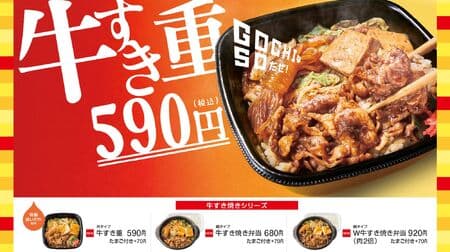

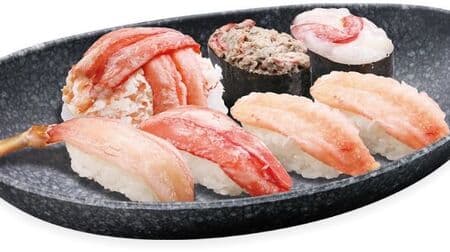
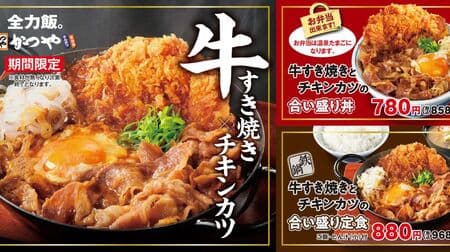
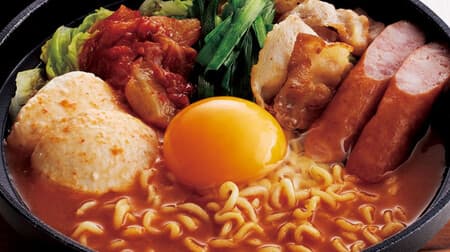
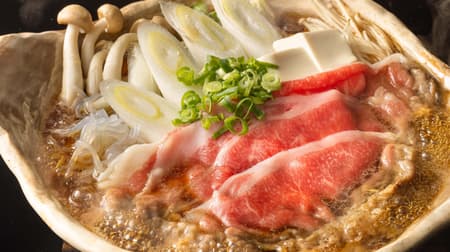
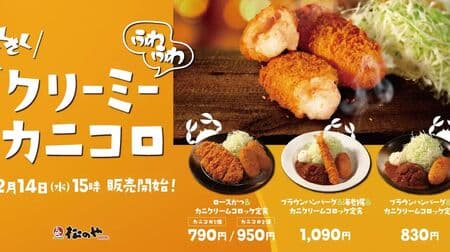

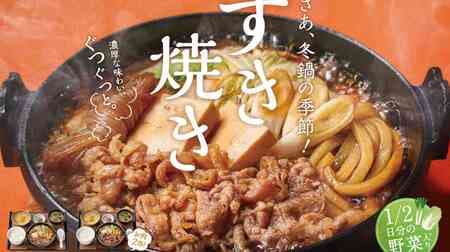

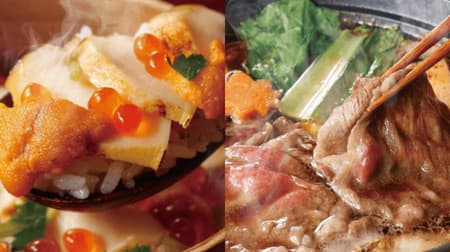
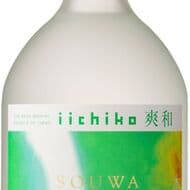
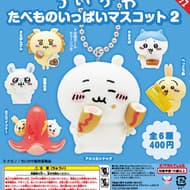
![Lotte "Nama Choco Pie" finally lands in Hokkaido! Limited quantity "Nama Choco Pie [Italian Tiramisu]" is also available!](https://image.entabe.jp/upload/articles/55916/acc3b61aeb4276b095f3e82e05cde06c_related.jpg)
